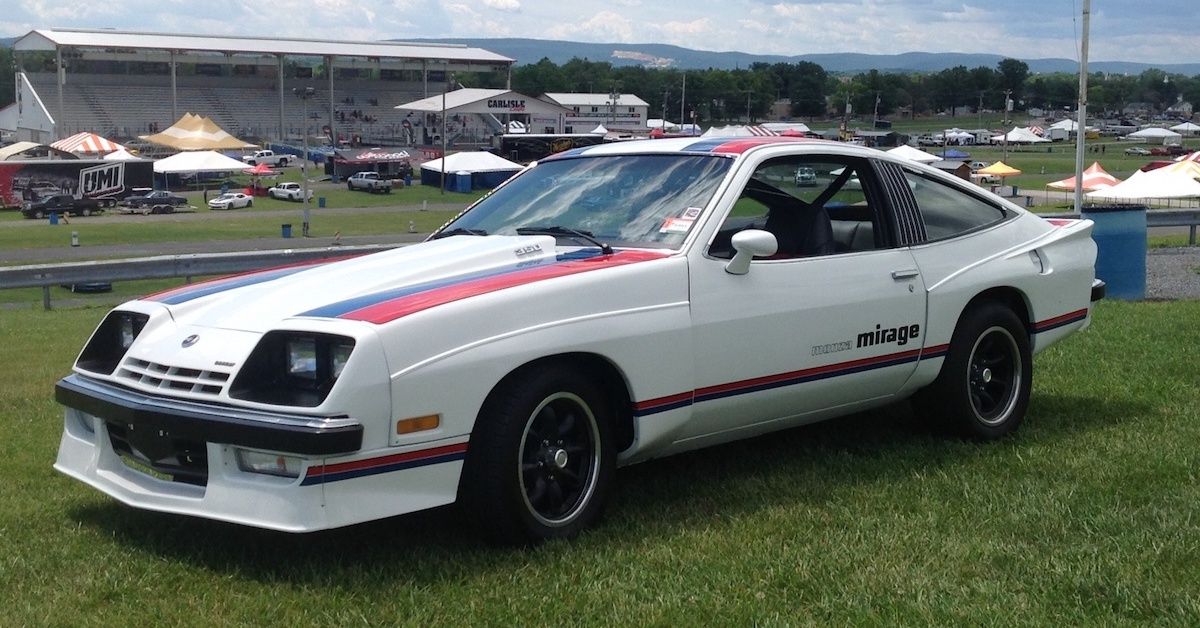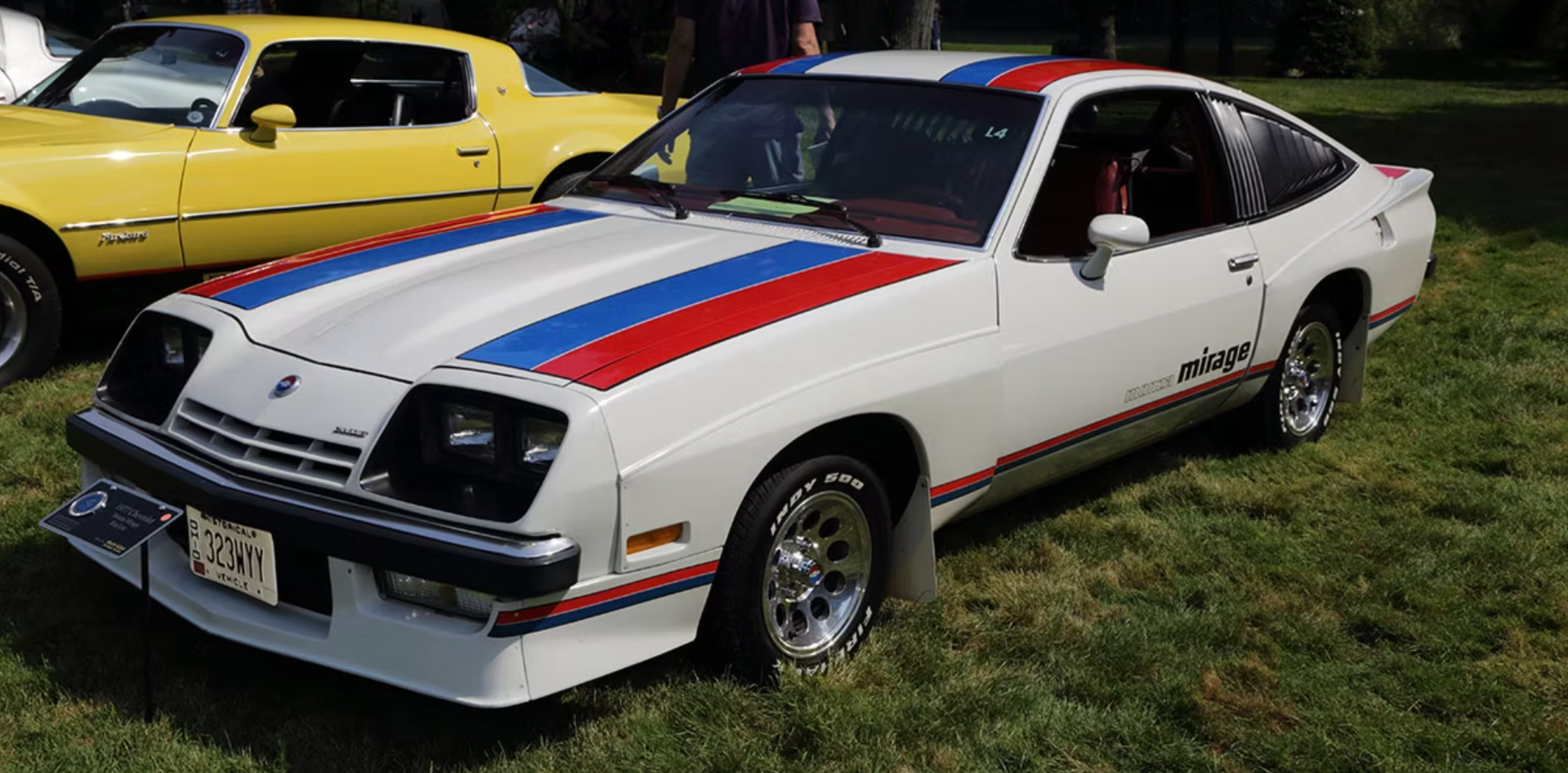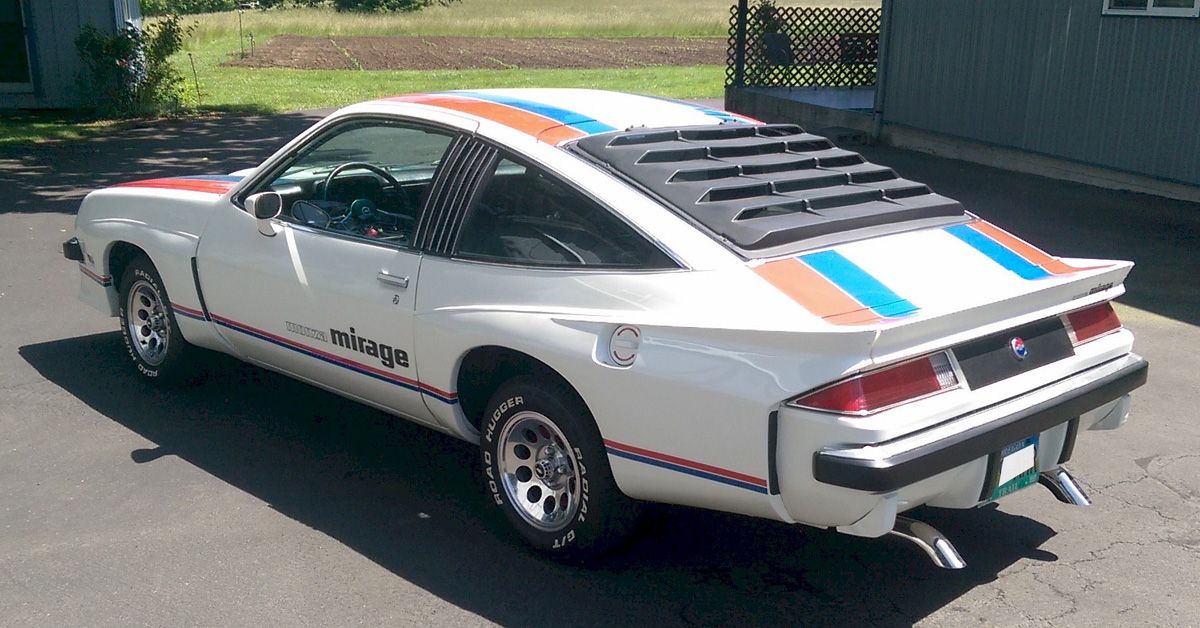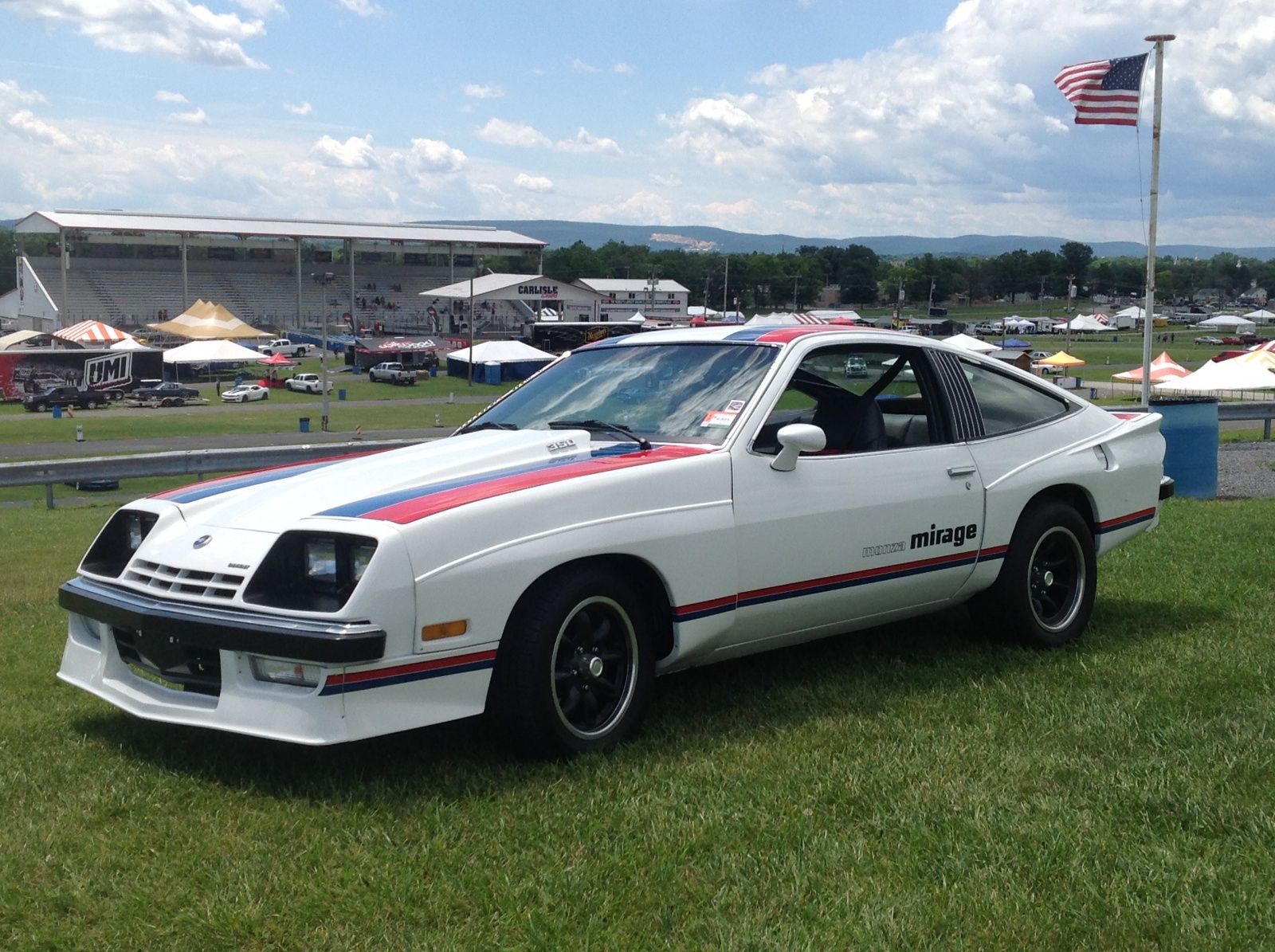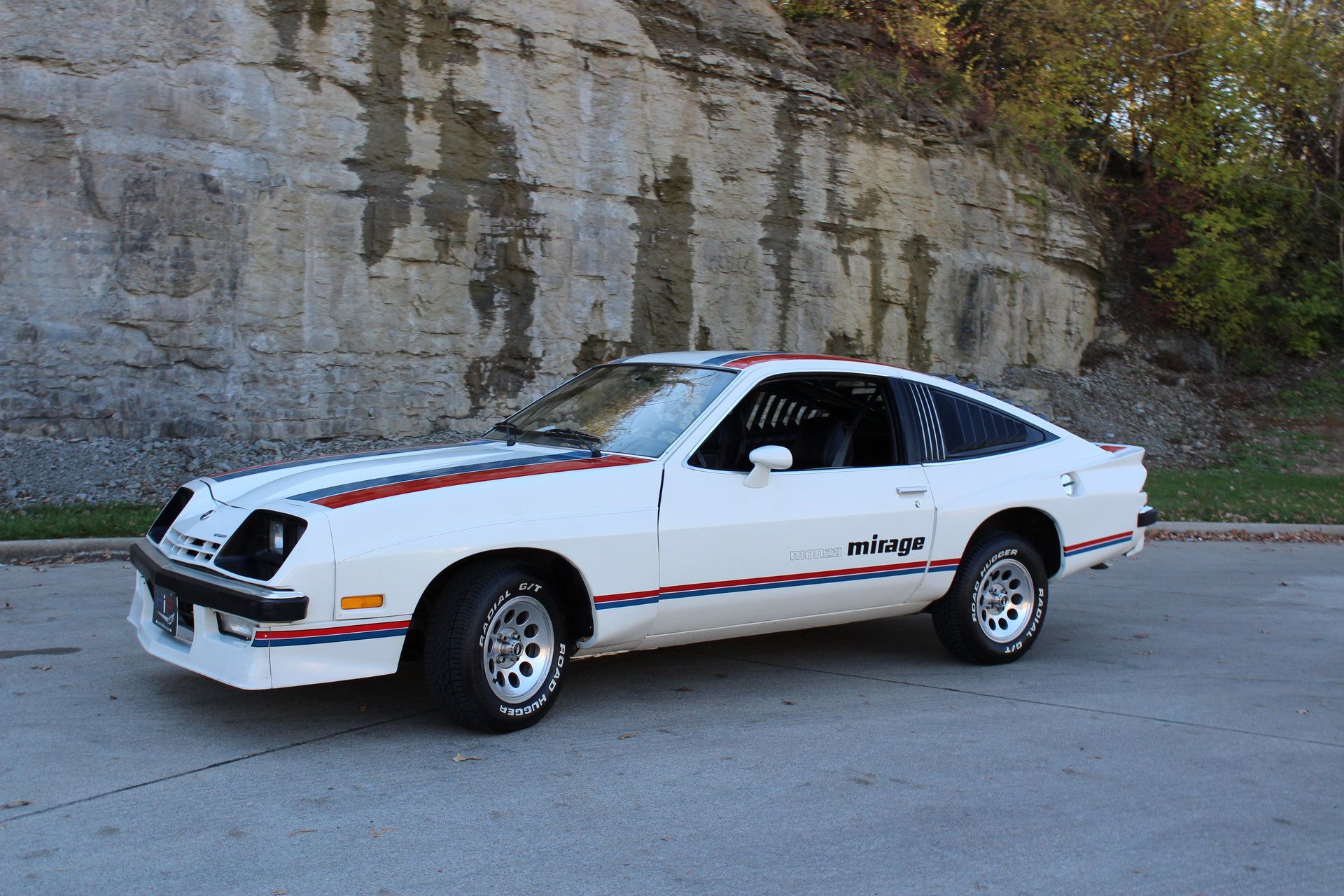With the oil crisis wreaking havoc in the United States and the domestic car industry trying to overcome competition from foreign rivals, American car manufacturers were having a really tough decade in the 1970s. Additionally, Congress passed the Clean Air Act in 1970 and President Richard Nixon fashioned the Environmental Protection Agency (EPA). Evidently, the newly created agency started curbing carbon pollution right away.
These changes had disastrous outcomes for the domestic car industry and muscle cars were especially hard hit. As such, powerful V8 engines were slowly killed off or replaced with smaller and less capable engines that met regulatory requirements. Without a doubt, this wasn’t the best decade for American muscle cars, but several car manufacturers still tested the waters and released high-performance vehicles.
However, there was a problem. Some automakers tried to please both the authorities and the audiences by delivering powerful cars. Generally speaking, it looked like these car manufacturers didn’t know the Russian proverb “If you chase two rabbits, you will not catch either one.”
Against this backdrop, the 1977 Chevrolet Monza Mirage was released. To Chevy, the Monza Mirage was supposed to be a fancy American muscle car, but it ended being an uninteresting, failed experiment that didn’t delight gearheads and car aficionados. Also, the Monza Mirage had too many features that didn’t impress.
The 1977 Chevrolet Monza Mirage Was Not A High Performance Car
GM tried really hard to market the Monza Mirage as the best thing ever in its time, but domestic costumers didn’t buy into the hype. In fact, few were convinced that the Mirage was a performance-minded vehicle and there wasn’t too much to impress if you weren’t into vinyl interior.
Several Monza Mirages had the standard 140 CID (2.3-liter) Overhead Cam two-barrel L-4, according to Stacy Scharch from scarch.org. But there was also the Monza Mirage with the V8 option. This Mirage came equipped with a Chevrolet 305 V8 (5.0-liter) engine which could generate 145 horsepower and 332 Nm / 245 lb-ft of torque. ProfessCars estimated that the V8 Mirage could speed up from 0 to 60 miles per hour in 9.1 seconds, and it could accelerate from 0 to 62 miles per hour (0-100 kilometers/ hour) in 9.6 seconds. Meanwhile, the quarter mile time was 16.9 seconds. Even back in the late 1970s, this wasn't too impressive.
Serious Build-Quality Issues Made The 1977 Chevrolet Monza Mirage Less Reliable
The idea behind the Chevy Monza Mirage was to build a smaller, lighter vehicle that was reliable and sporty, being powered by a V8 engine. At first sight, the idea made sense, however, the implementation of the plan was catastrophic.
Quality issues plagued the Chevy Monza, so it is understandable that consumers were truly disappointed with this car. As such, when the Mirage was inaugurated, American consumers weren’t too enthusiastic. The tendency to rust, bad finishes and crappy brakes were just some issues that the Monza had.
The 1977 Chevrolet Monza Mirage Had A Questionable Style
Chevy wanted to build an All-American modern car that would break the market, but instead they produced a cheap-looking vehicle that appeared like a Japanese facsimile; thus, the market positioning failed because consumers didn’t know what to do with the Monza Mirage. If consumers wanted a Japanese-looking car, they could get the real thing not a fake, and if they wanted an American muscle car, the Mirage didn’t look like one.
Furthermore, the 1977 Chevrolet Monza Mirage looked cheap, and the modest dimensions were not adapted for sports cars. As for the racing stripes painted in white, with red and blue, they were probably intended to communicate the association between Monza and the IMSA races, but they were still weird-looking. To be fair, the bodykit package created by Michigan Auto Techniques (MAT) was just too much and few buyers went crazy for the graphics, flared body panels, decals, new air dam and rear spoiler. Around 2,400 Monza Mirage were built by MAT and additional ones being put together by dealers.
The 1977 Chevrolet Monza Mirage Couldn't Stay Competitive
Despite the oil crisis, 1977 wasn’t a disastrous year for car releases. Not for nothing, this was the year when Chevrolet Camaro Z28 returned, and the public got to enjoy the Pontiac Firebird Trans Am and the 1977 Oldsmobile Custom Cruiser. However, 1977 was also a year of questionable releases like the Dodge Charger Daytona.
In this context of oil crisis and economic downturn, automakers knew they need to really impress their customers in order to avoid a dramatic drop in sales. Unfortunately, the Chevy Monza Mirage couldn’t keep up with competitors and failed to impress.

